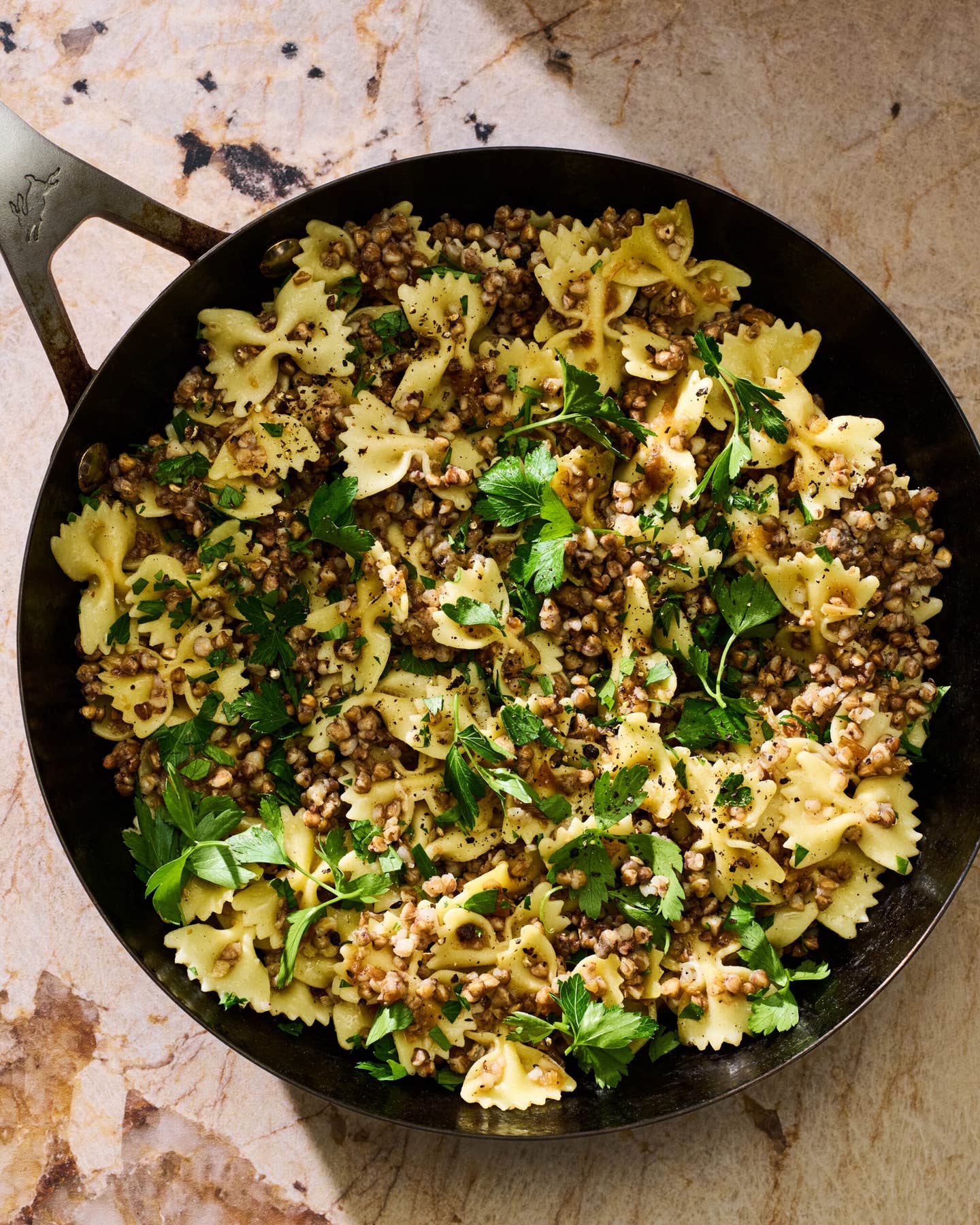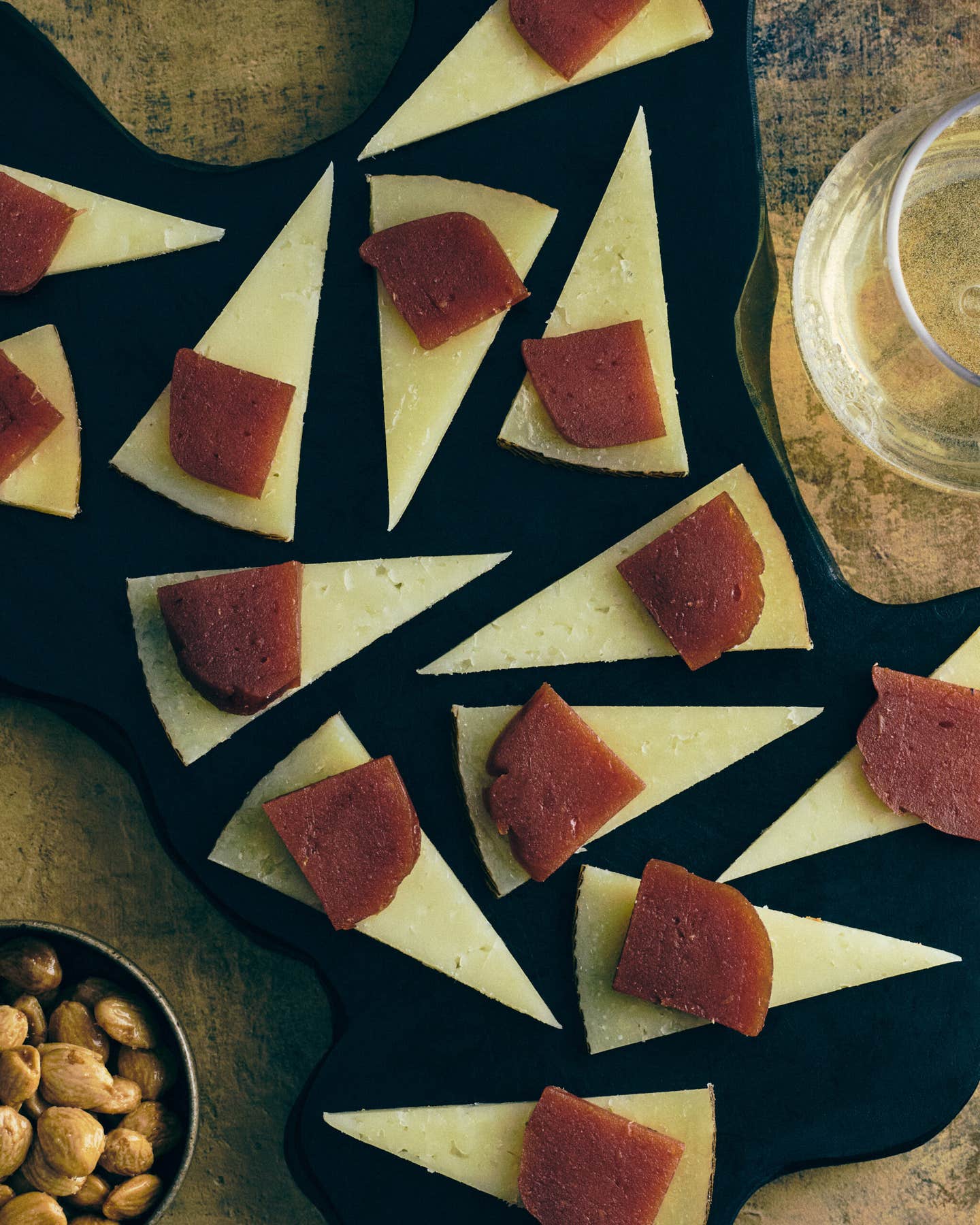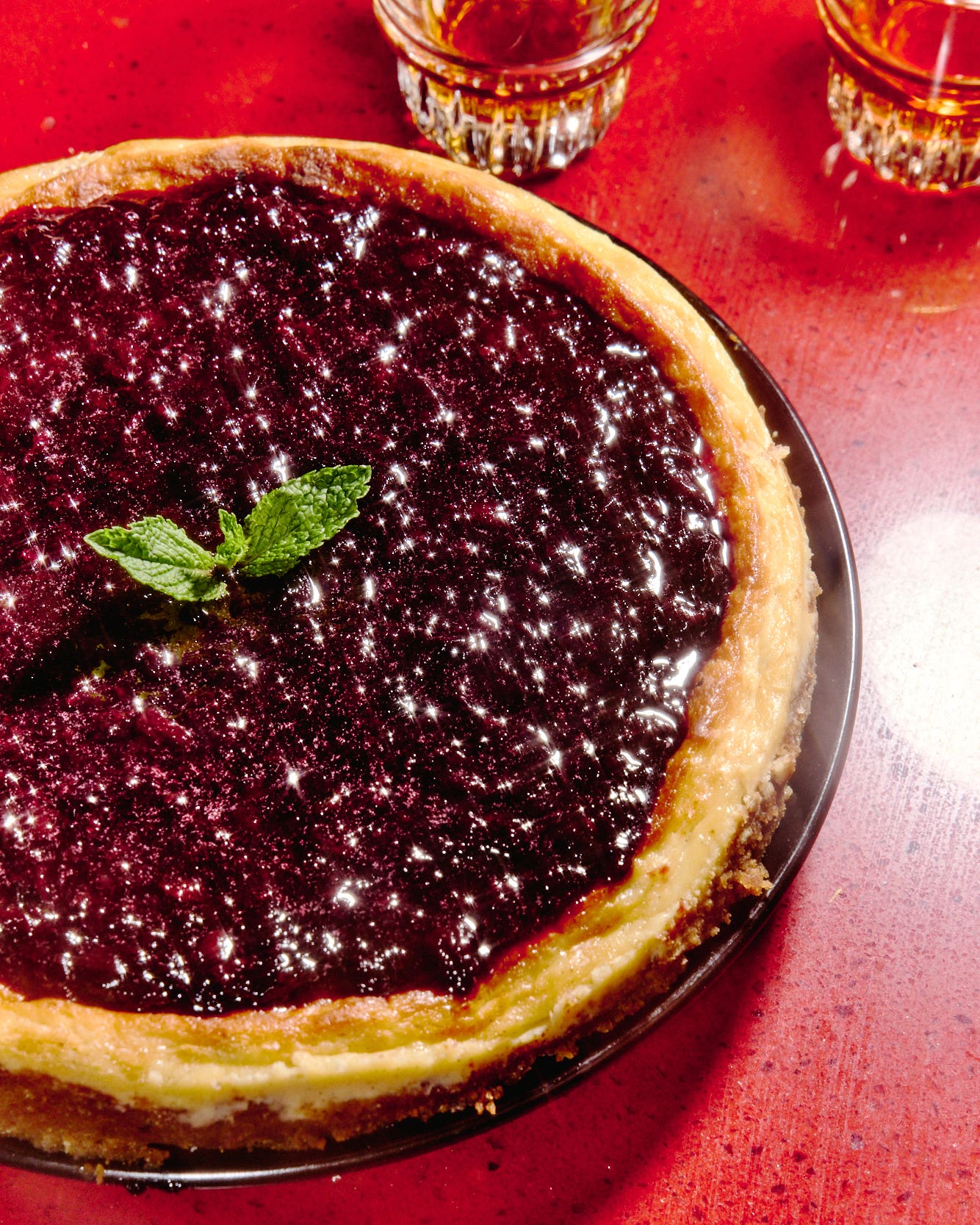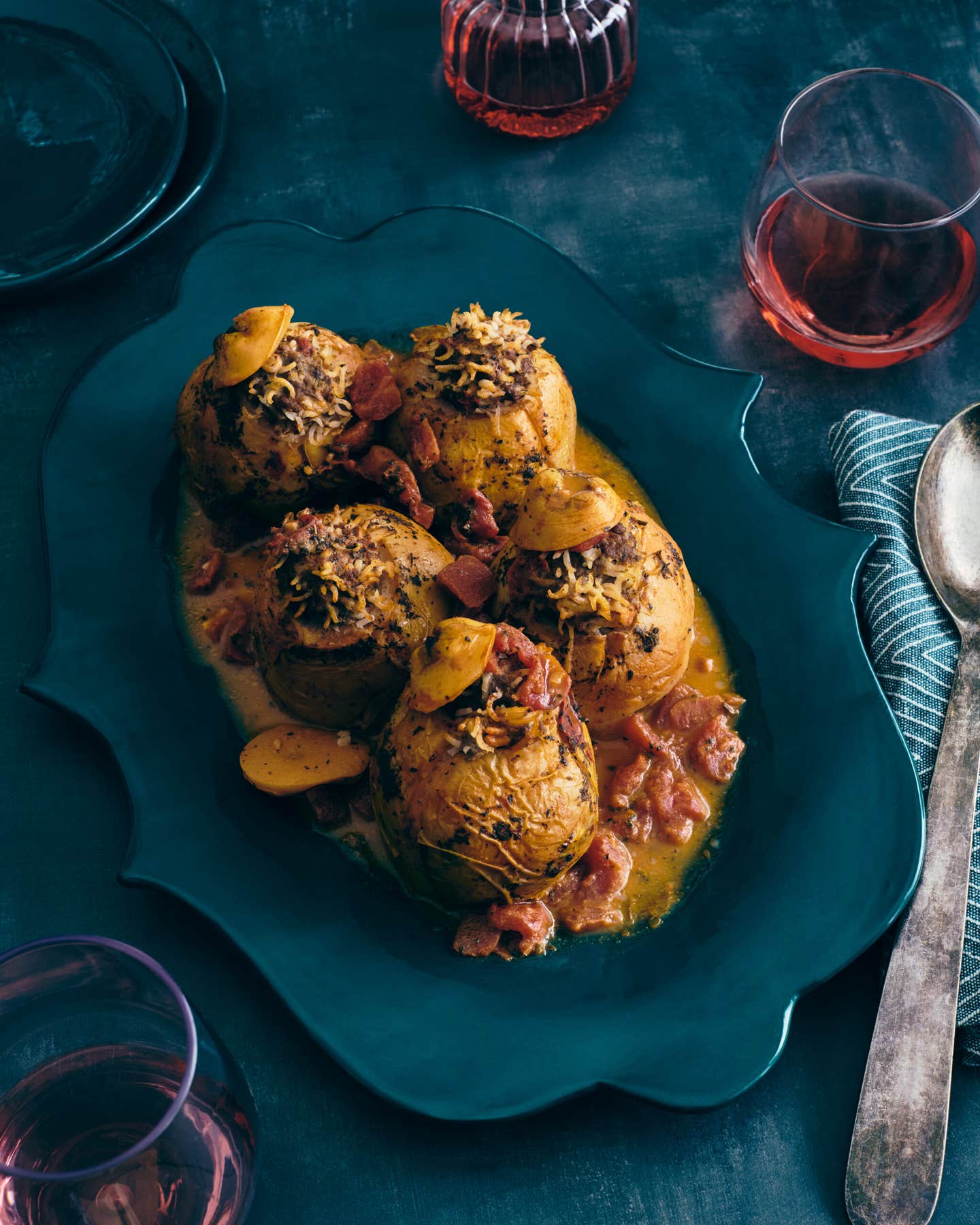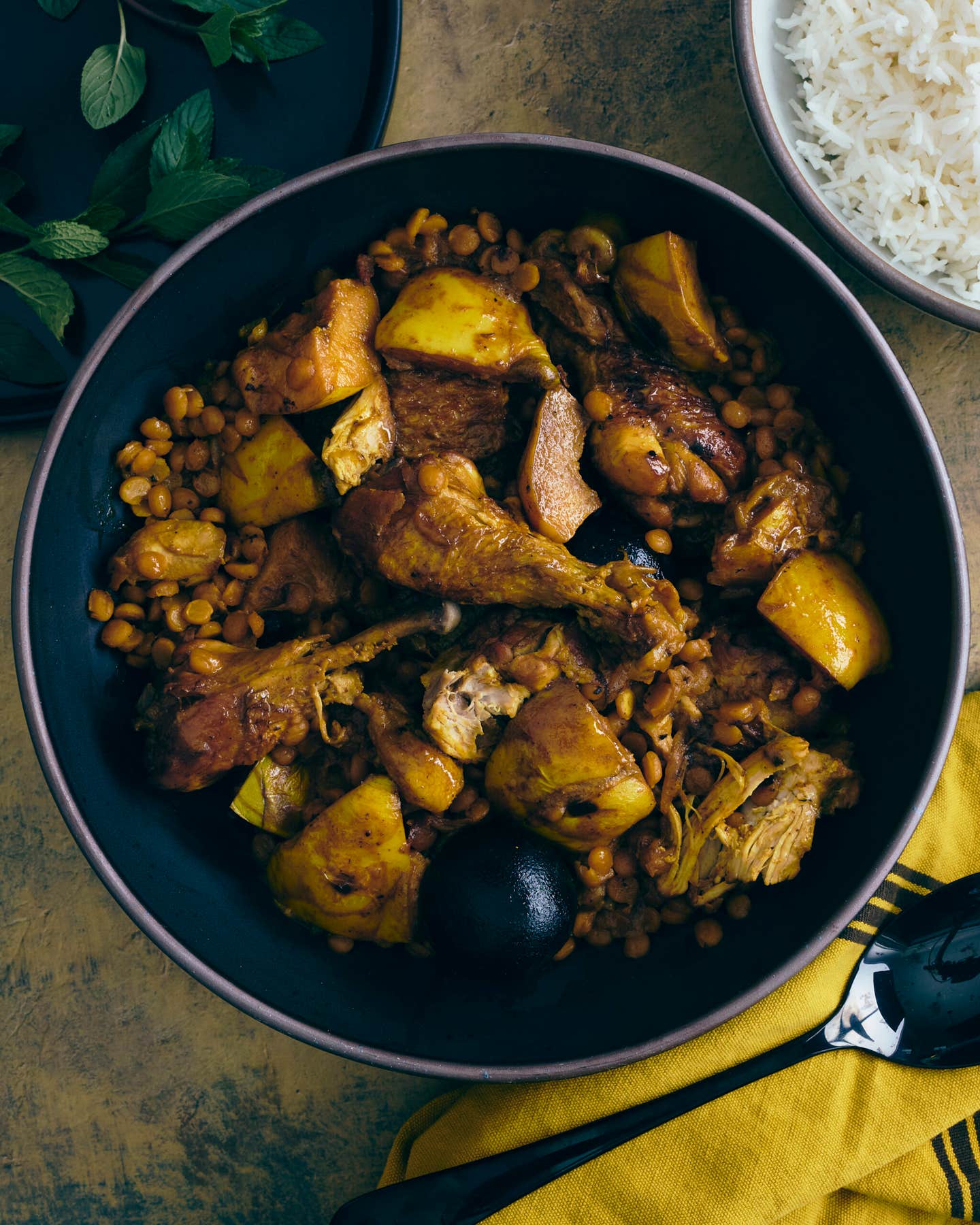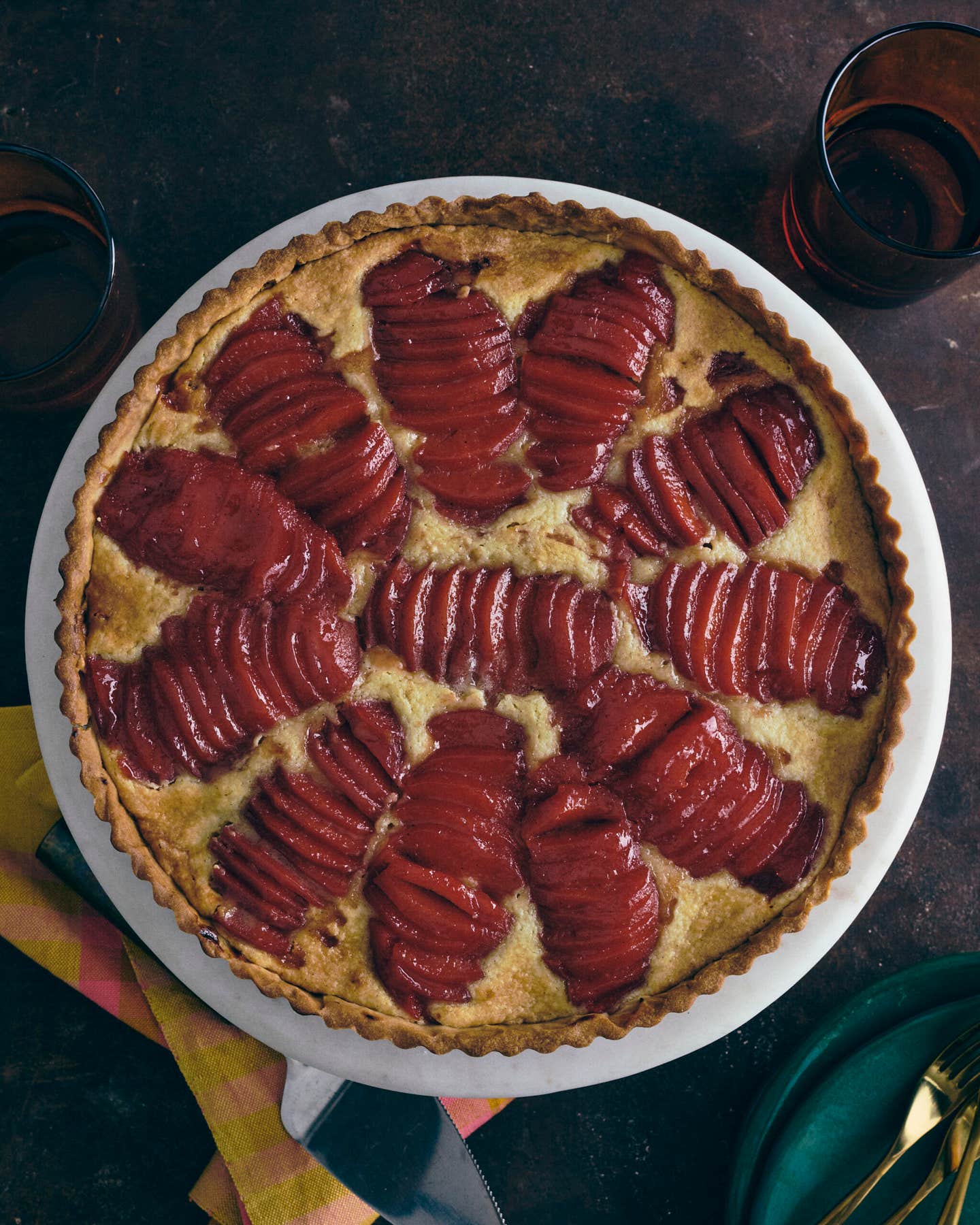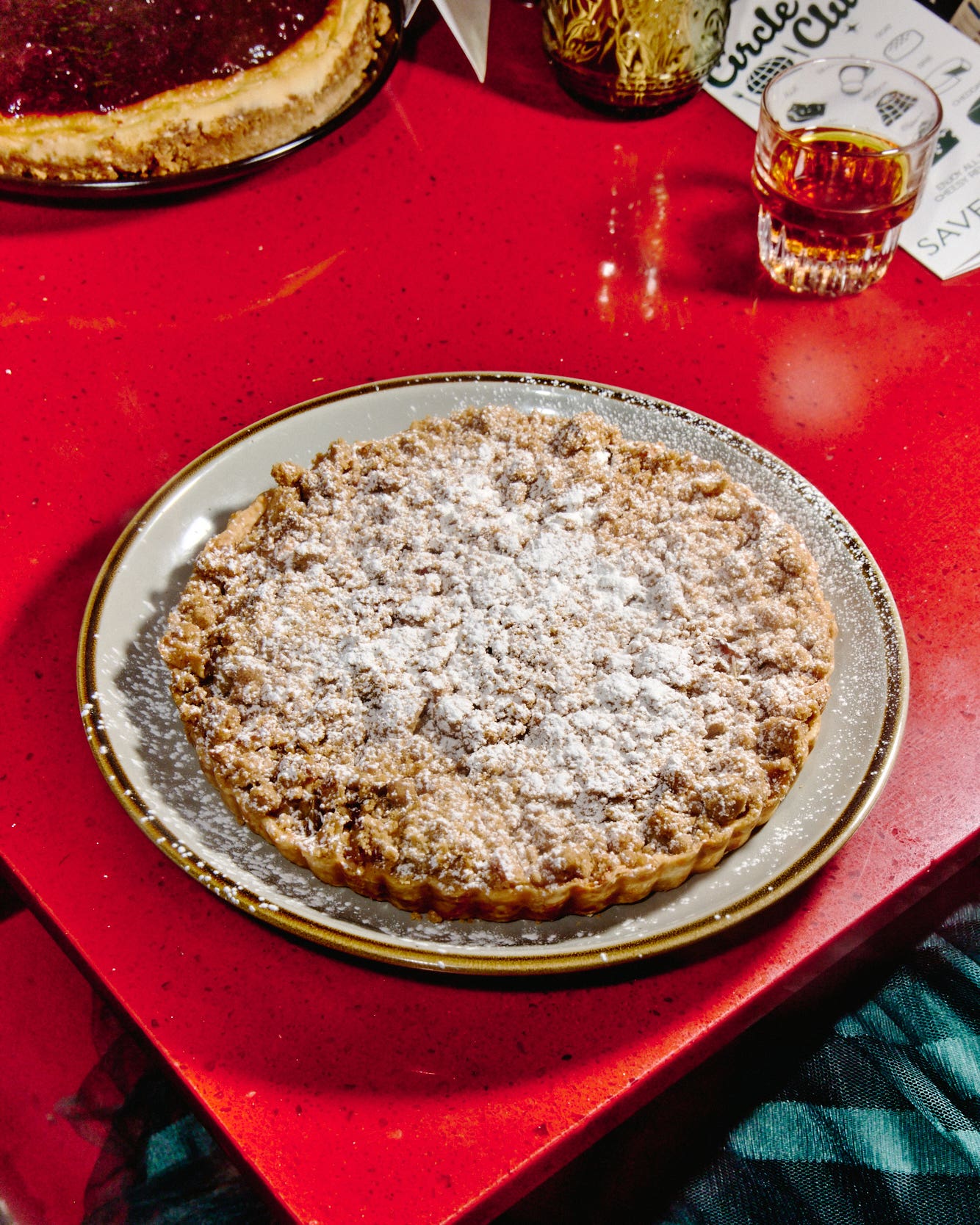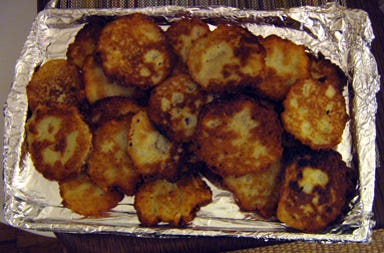
Making Mom’s Latkes
When I decided that this would be the year when I would make Hanukkah latkes for the very first time, I called my mom. She makes the very best potato pancakes, not shredded and heavy like most that I've tried; instead, they're thin and delicate, with crisp, lacy edges. Hers was the latke tradition I wanted to propagate.
My mother, Anna, is my cooking mentor. She's a self-taught professional cook who ran a catering business out of the home while I was growing up — and still does, now that I'm gone. There was constant kitchen prep, baking, and party planning; years before I realized that not all other kids grew up like this, Mom was enlisting my sister and me to be her sous chefs: measuring out dry ingredients for celebration cakes, basting sheets of phyllo with clarified butter to make spanakopita, snapping the ends off green beans. But we never helped her make latkes, so now I needed her to tell me how.
The day before the first night of Hanukkah, at my request, she emailed me her recipe, with a subject line that read "Instructions to the old world potato latkes like Babulinka used to make using modern methods". Babulinka is what we called my grandmother. "Modern methods" means the food processor, essential to the success of these latkes: the recipe forfeits the Cuisinart shredding insert, calling instead for the standard blade, which transforms the potatoes and onion into a uniquely frothy batter, one that results in uniquely refined latkes — the way my mom, her mom, and now I make them.
Having just made the latkes two nights ago, I can attest to the recipe's foolproof nature, and recommend that you attempt them on one of these remaining nights of Hanukkah. A word of advice: If you can, employ a copilot in the kitchen. My good friend Stacey read the instructions aloud to me at several key points, including the involved process of pulverizing the potatoes and onions in three batches, then draining the liquid from the batter to ensure a crisper pancake. The most intriguing step involves reserving the potato starch that's collected at the bottom of that liquid, a fascinating powdery-pasty substance, and adding it back to the batter. Mom says throwing away the starch along with the water makes no sense to her; she believes that it helps bind the mixture.
The recipe is printed here just as my mom sent it to me.
Anna Gershenson's Latkes
5 pounds russet potatoes (I use organic), peeled, cut into 3/4-inch cubes
2 good-size onions, peeled, cut into large dice (about 1/2-inch)
4 large eggs
1/2 cup flour (I used whole wheat pastry flour)
1 tablespoon plus 1 teaspoon kosher Diamond salt
A few grindings of black pepper
Canola oil for frying
A two tablespoon measuring cup would be helpful for portioning the batter
I used 1/4-cup measure filling it halfway
Lots of paper towels
Aluminum foil (prepare 3 sheets the length of half-size baking pan)
I fried on two non-stick skillets to finish the job faster
Set all of the utensils and ingredients you will need:
A large bowl filled with cold water to hold peeled potatoes.
A vegetable peeler
A chef's knife
A cutting board
A strainer (for getting rid of excess liquid in grated potatoes)
Another bowl for holding cut potatoes
A small bowl for holding cut onions
Two baking sheets (one with a thick layer of paper towels for cooked latkes) and one, lined with aluminum foil, for holding cooked and blotted latkes in a single layer.
An 11-cup food processor
A turning spatula
First I peeled all the potatoes and placed them in cold water in a large bowl.
Then I peeled onions and set them aside in a small bowl.
I cut the potatoes in smaller chunks and placed them in to another large bowl.
I cut up the onions and placed them back in the small bowl.
I prepared the baking sheet with paper towels (with additional roll to cover the greasy paper towels and additional piece of paper towel to blot the top of latkes with to get rid of excess oil.
The procedure for processing onions and potatoes.
It took four times to process everything.
First I placed a quarter of the onions and ran the processor (I kept the "on" switch on all the time and closing of the lid would activate it) until the onions were really fine. I added about a quarter of the potatoes (it filled the processor bowl to almost half point).
I ran the processor for about 20 seconds, then I used the spatula to move them around and ran them again for another 10-15 seconds.
When you see that the potatoes are beginning to slide in the bowl and not just sit attached to the walls and moisture starts appearing, it's time to stop.
Use the big bowl the potatoes were in originally with a strainer placed over it to dump processed potatoes and onions. While you are working on your next batch, the mixture will be draining. When your second batch is done, press on the potato mixture in the strainer to extract more moisture, transfer to a another bowl where your potato batter will be held.
Repeat until all the 4 batches are processed. Discard the liquid accumulated in the big bowl under the strainer and add the accumulated potato starch on the bottom to the potato batter.
Crack the four eggs into your food processor bowl, add the salt and process to mix them. Add the egg, the 1/2 cup flour and black pepper to the potatoes and mix well.
Now your batter is ready and you should fry it right away.
Pour a good amount of canola oil into the skillet and let it get hot. Fill 1/4-cup measure about half-full and place it onto the skillet. With the bottom of the cup spread the batter to for a thin pancake about 2 1/2-3 inches in diameter. Repeat until you have filled the pan space. Do not overcrowd. Flip on the other side when the pancake is brown. Then transfer onto the paper towel-lined sheet and blot with paper towel.
When the pan is full, transfer the cooked latkes onto the second sheet lined with foil.
It is very important to keep stirring the batter every time you fry a new batch as water keeps separating and it needs to be mixed in.
I got 68 latkes that filled three full sheets of foil layered on top of each other.
This can be prepared a day in advance and reheated one layer at a time in a 400-degree over until hot and crisp.
Keep Reading
Continue to Next Story

